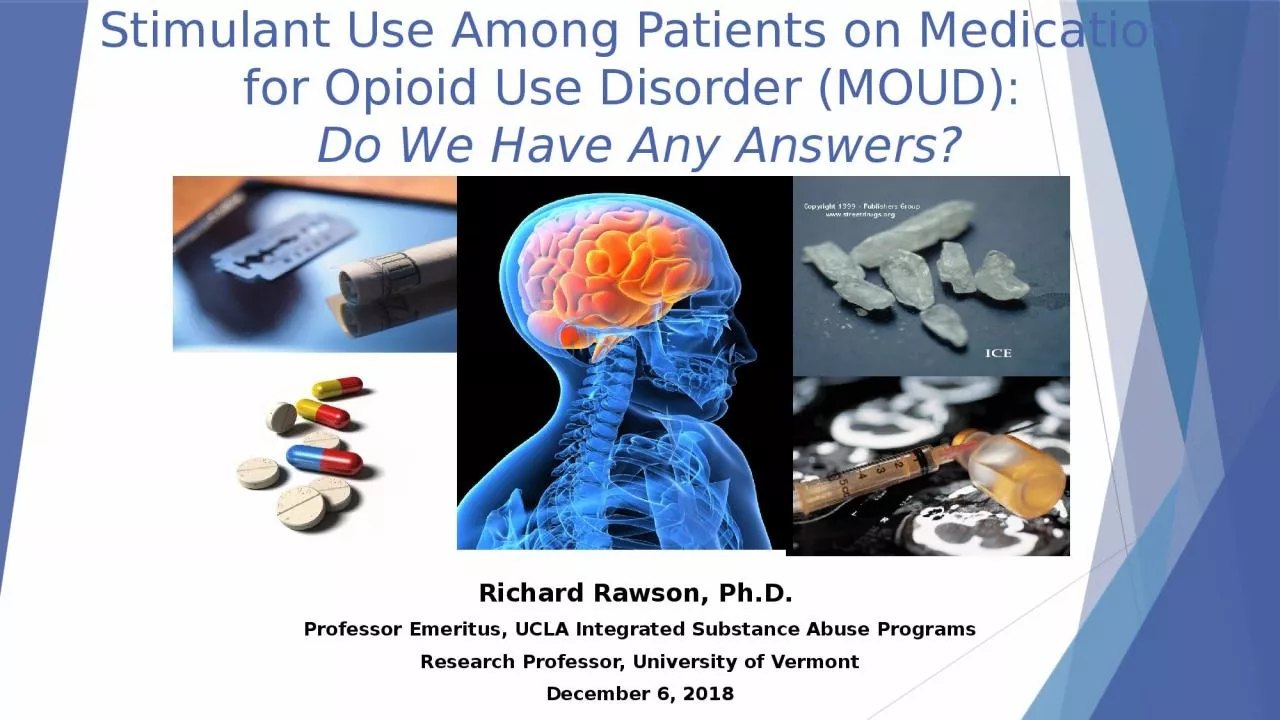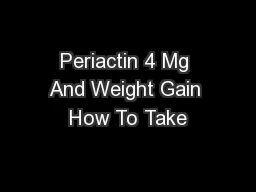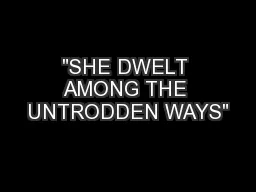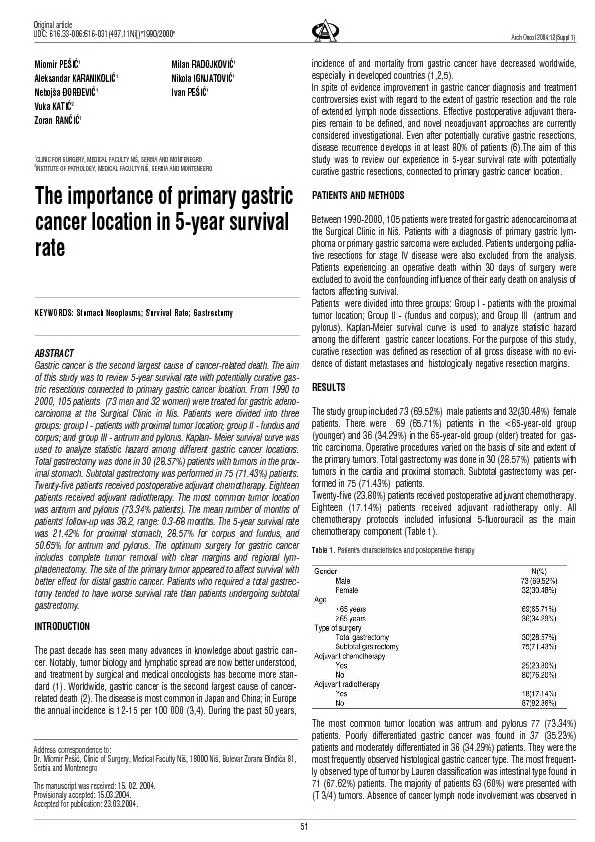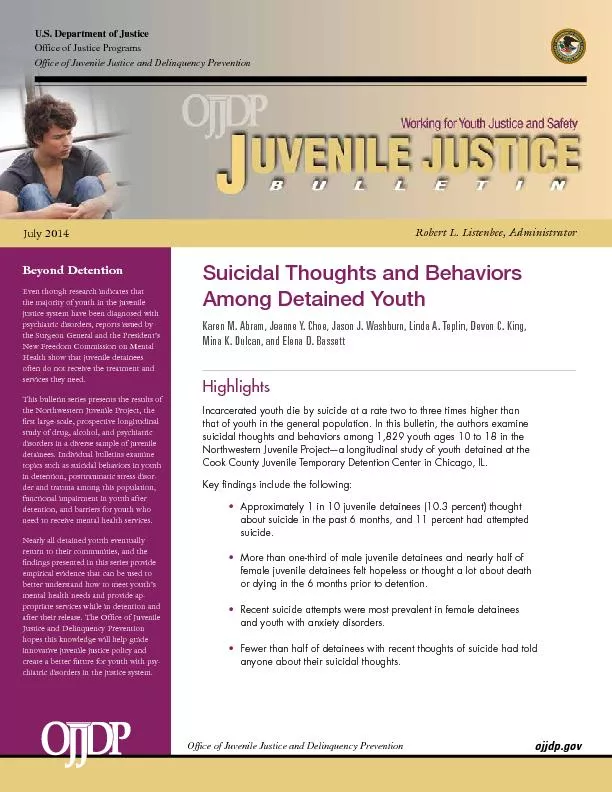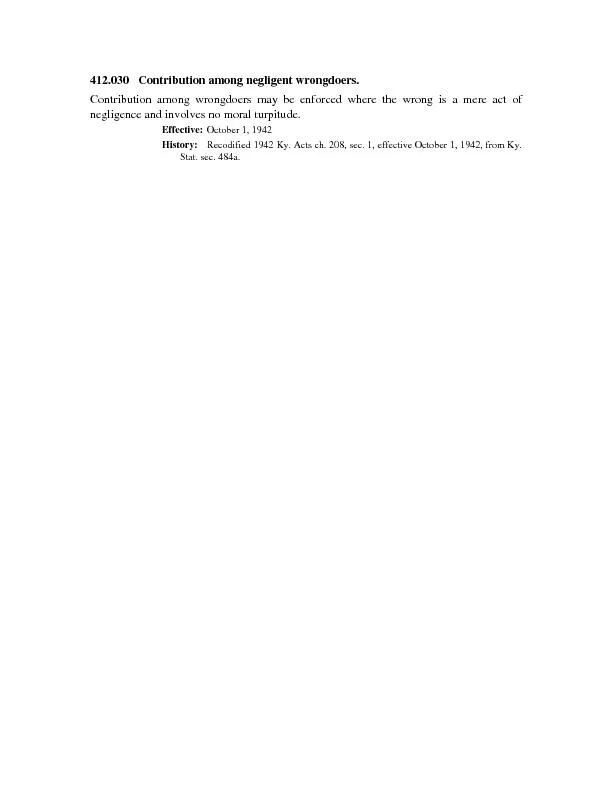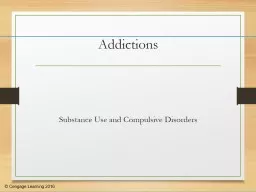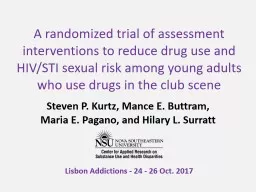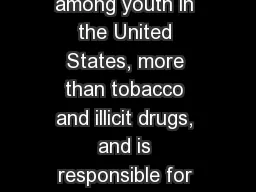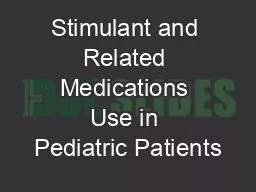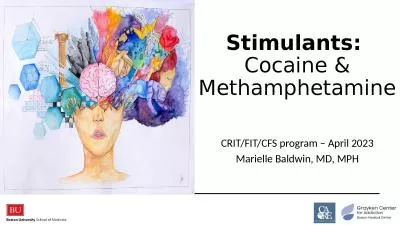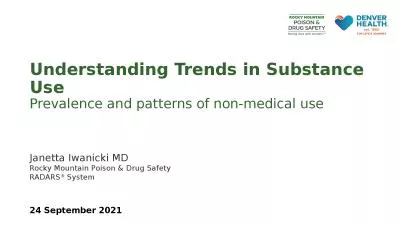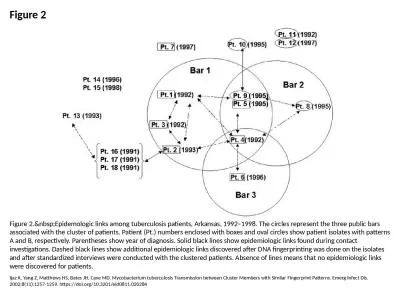PPT-Stimulant Use Among Patients on
Author : jade | Published Date : 2023-11-07
Medication for Opioid Use Disorder MOUD Do We Have Any Answers Richard Rawson PhD Professor Emeritus UCLA Integrated Substance Abuse Programs Research Professor
Presentation Embed Code
Download Presentation
Download Presentation The PPT/PDF document "Stimulant Use Among Patients on" is the property of its rightful owner. Permission is granted to download and print the materials on this website for personal, non-commercial use only, and to display it on your personal computer provided you do not modify the materials and that you retain all copyright notices contained in the materials. By downloading content from our website, you accept the terms of this agreement.
Stimulant Use Among Patients on: Transcript
Download Rules Of Document
"Stimulant Use Among Patients on"The content belongs to its owner. You may download and print it for personal use, without modification, and keep all copyright notices. By downloading, you agree to these terms.
Related Documents

